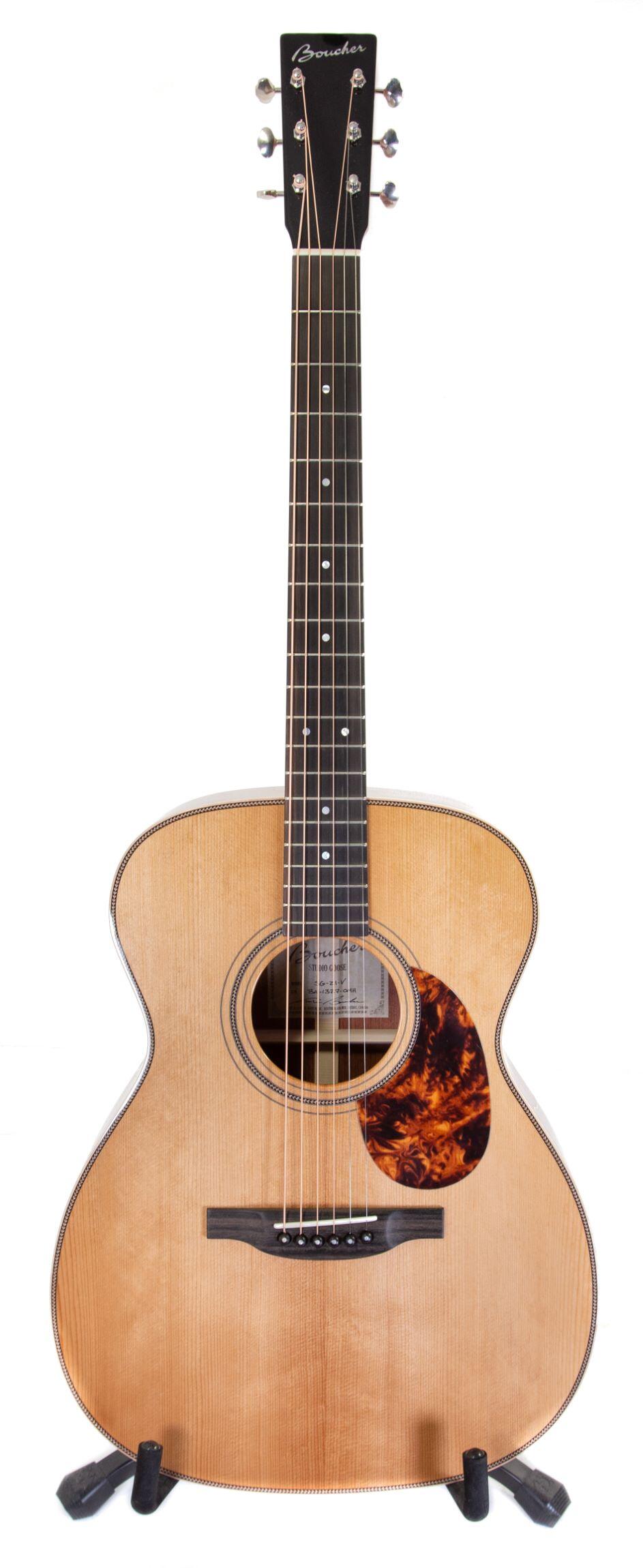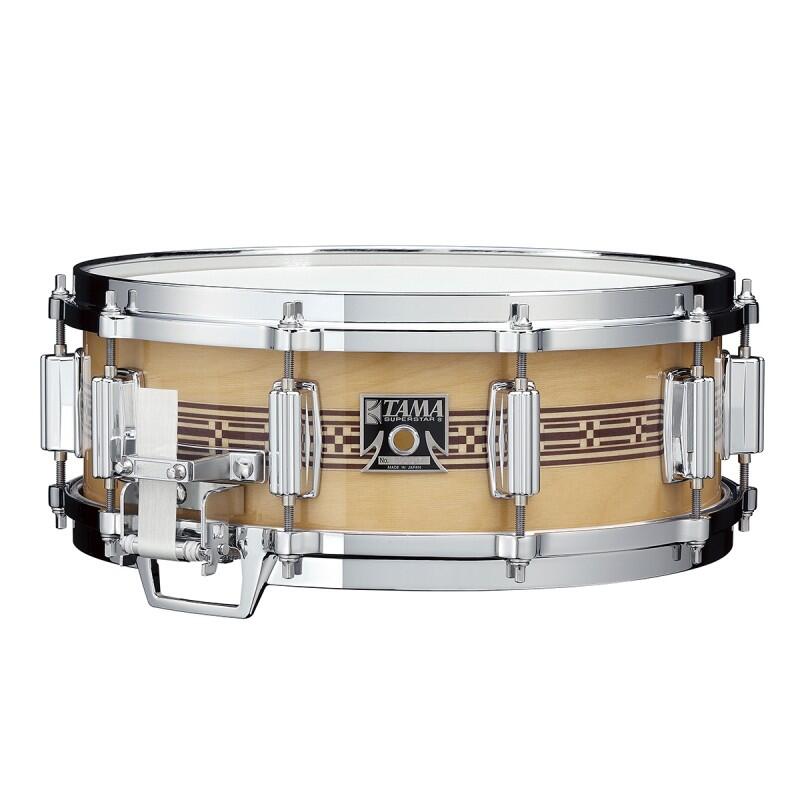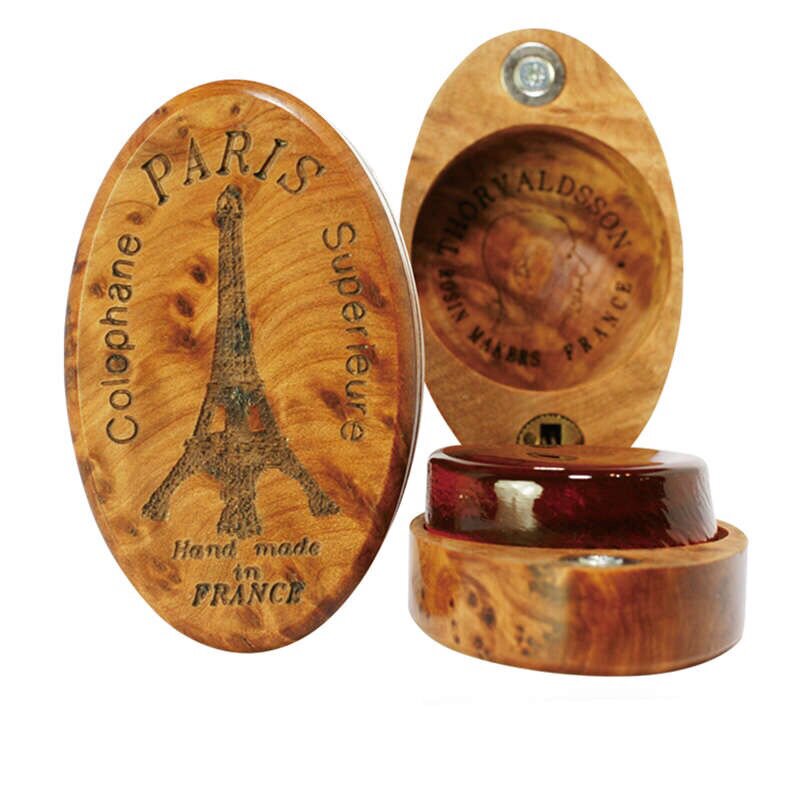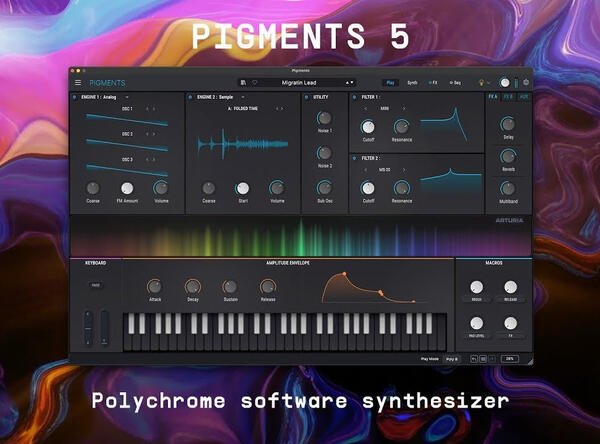
Dancing poems - mezzo-soprano, violoncelle et piano - parties
Camille Pépin
Item No. : 194228
Boullard Price:
61.90 On orderThis product will be ordered as soon as possible from our suppliers.
On orderThis product will be ordered as soon as possible from our suppliers.Click & Collect
Pick up in store
Tuesday to Saturday
Specification
Creation
07/30/2018 - La Grave, Festival Messiaen in the Pays de la Meije, Church - Fiona McGown (mezzo), Yan Levionnois (cello), Anne Le Bozec (piano)
Sponsor
Messiaen Festival in the land of the Meije
Dedication
to Anne Le Bozec, Yan Levionnois and Fiona McGown
Notice
This is a cycle of melodies for mezzo-soprano, cello and piano - commissioned by the Olivier Messiaen Association in the land of the Meije - dedicated to Anne Le Bozec, Yan Levionnois and Fiona McGown.
This choice around dance came to me when I read this sentence by the American poet Ezra Pound (1885-1972) - leader of the imagist and modernist movement - in his ABC of Reading: '' Music begins to atrophy when it departs too far from the dance ... poetry begins to atrophy when it goes too far from music when she strays too far from the music ''). It is this sentence that inspired me for the Dancing Poems.
The four melodies in this cycle were composed from the poems At the still-point by Thomas Stearns Eliot (1888-1965), Slow Movement by William Carlos Williams (1883-1963), To a child dancing in the wind and Those dancing days are gone by William Butler Yeats (1865-1939).
Really thought out with a relation to the body, my way of conceiving the rhythm is more spontaneous than intellectualized. I need to feel a rhythm internally - bodily - before putting it down on paper. Music and dance are thus intimately linked. For me, composing is somewhere the meeting point between music, dance and poetry; the point where each of these disciplines is inseparable from one another. Also, my choice fell on Anglo-Saxon literature, which Fiona McGown practices perfectly and which brings out all the music of words. I then imagined its magnificent timbre intermingled with that of the cello - an instrument that I particularly like. Throughout the cycle, the challenge was to create an intimate and bright atmosphere. The colors and timbres blend together to create a resonant and floating sound halo around these three instruments. Thus, the halo helps to recreate this particular meeting point between music, dance and poetry; a point out of time freed from the tensions of the world. The cycle is also steeped in repetitive and dancing rhythms, and the melodies are built on simple forms using chorus. This gives the whole a popular color, specific to the expression of the dance.
The first melody, At the still-point, seeks to transcribe this state of trance by a repetitive accompaniment where piano and cello mix to create a planing texture.
It is conceived as an essential engine within which movement is always present. Its repetition makes it possible, however, to maintain an apparent immobility. The sensual voice unfolds on this misty and floating sound carpet. A fragile point of equilibrium, this still point is therefore neither in suspense nor in movement: it is both at the same time. This is the moment when time stops and we find ourselves immersed in our own worlds. I imagined certain lines as a refrain, regularly recalling the subtle and delicate balance of this still point.
The second melody, Slow Movement, is the slow movement of the cycle and evokes memories - those treasures that can be locked in a box. So I chose to use the spoken voice. Only the beginning and the end are hummed (unlit, without stamping) as an echo to the cello theme. Cello and piano take turns singing the expression of the words recited in this number.
The last two melodies successively evoke childhood and old age. To a child dancing in the wind describes a child dancing on the shore, oblivious to the threatening sounds that surround him. The incessant crashing of the waves, the howling of the wind, or the drops of salt water that pearl from her hair are all images of life events that assail us. The roar of the wind and the crashing of the waves seem to be an allusion to the injustices and the disorder of life ("Love is lost as soon as it is won and the fool triumphs"). However, the fool can be a person who is motivated by love and not caring about the rest. "The best worker is dead", but he was perhaps the best because he worked with love. This poem therefore speaks both of the carefree childhood, and of the experience of maturity. I chose to transcribe into music this carefree dancing child, this incarnation of life in the present moment, in a real lively and dancing moment. More and more peaceful, the dance ends and brings us back to the reality of the adult world with the last melody of the cycle.
Here, Yeats is alluding to the happy moments that have come to an end. The dancing days are over. The wife and children are missing. A body wrapped in a dirty rag evokes both death and the lost glow of life. The rhythmic loop used translates with melancholy and sensuality the happy days gone by. The lines "I carry the sun in a golden cup, the moon in a silver bag" at the end of each stanza are used as a refrain. They carry both the idea of the sun's radiance as a burst of life and of the moon's shadow which delicately falls on it like a mysterious veil. But it doesn't matter that death arrives because we can still dance and sing. Until our last breath.
Camille Pepin
Autor / Contributor: Camille Pépin
Arrangement: Mezzo, cello and piano
Music style: contemporary
Media: Score + material
07/30/2018 - La Grave, Festival Messiaen in the Pays de la Meije, Church - Fiona McGown (mezzo), Yan Levionnois (cello), Anne Le Bozec (piano)
Sponsor
Messiaen Festival in the land of the Meije
Dedication
to Anne Le Bozec, Yan Levionnois and Fiona McGown
Notice
This is a cycle of melodies for mezzo-soprano, cello and piano - commissioned by the Olivier Messiaen Association in the land of the Meije - dedicated to Anne Le Bozec, Yan Levionnois and Fiona McGown.
This choice around dance came to me when I read this sentence by the American poet Ezra Pound (1885-1972) - leader of the imagist and modernist movement - in his ABC of Reading: '' Music begins to atrophy when it departs too far from the dance ... poetry begins to atrophy when it goes too far from music when she strays too far from the music ''). It is this sentence that inspired me for the Dancing Poems.
The four melodies in this cycle were composed from the poems At the still-point by Thomas Stearns Eliot (1888-1965), Slow Movement by William Carlos Williams (1883-1963), To a child dancing in the wind and Those dancing days are gone by William Butler Yeats (1865-1939).
Really thought out with a relation to the body, my way of conceiving the rhythm is more spontaneous than intellectualized. I need to feel a rhythm internally - bodily - before putting it down on paper. Music and dance are thus intimately linked. For me, composing is somewhere the meeting point between music, dance and poetry; the point where each of these disciplines is inseparable from one another. Also, my choice fell on Anglo-Saxon literature, which Fiona McGown practices perfectly and which brings out all the music of words. I then imagined its magnificent timbre intermingled with that of the cello - an instrument that I particularly like. Throughout the cycle, the challenge was to create an intimate and bright atmosphere. The colors and timbres blend together to create a resonant and floating sound halo around these three instruments. Thus, the halo helps to recreate this particular meeting point between music, dance and poetry; a point out of time freed from the tensions of the world. The cycle is also steeped in repetitive and dancing rhythms, and the melodies are built on simple forms using chorus. This gives the whole a popular color, specific to the expression of the dance.
The first melody, At the still-point, seeks to transcribe this state of trance by a repetitive accompaniment where piano and cello mix to create a planing texture.
It is conceived as an essential engine within which movement is always present. Its repetition makes it possible, however, to maintain an apparent immobility. The sensual voice unfolds on this misty and floating sound carpet. A fragile point of equilibrium, this still point is therefore neither in suspense nor in movement: it is both at the same time. This is the moment when time stops and we find ourselves immersed in our own worlds. I imagined certain lines as a refrain, regularly recalling the subtle and delicate balance of this still point.
The second melody, Slow Movement, is the slow movement of the cycle and evokes memories - those treasures that can be locked in a box. So I chose to use the spoken voice. Only the beginning and the end are hummed (unlit, without stamping) as an echo to the cello theme. Cello and piano take turns singing the expression of the words recited in this number.
The last two melodies successively evoke childhood and old age. To a child dancing in the wind describes a child dancing on the shore, oblivious to the threatening sounds that surround him. The incessant crashing of the waves, the howling of the wind, or the drops of salt water that pearl from her hair are all images of life events that assail us. The roar of the wind and the crashing of the waves seem to be an allusion to the injustices and the disorder of life ("Love is lost as soon as it is won and the fool triumphs"). However, the fool can be a person who is motivated by love and not caring about the rest. "The best worker is dead", but he was perhaps the best because he worked with love. This poem therefore speaks both of the carefree childhood, and of the experience of maturity. I chose to transcribe into music this carefree dancing child, this incarnation of life in the present moment, in a real lively and dancing moment. More and more peaceful, the dance ends and brings us back to the reality of the adult world with the last melody of the cycle.
Here, Yeats is alluding to the happy moments that have come to an end. The dancing days are over. The wife and children are missing. A body wrapped in a dirty rag evokes both death and the lost glow of life. The rhythmic loop used translates with melancholy and sensuality the happy days gone by. The lines "I carry the sun in a golden cup, the moon in a silver bag" at the end of each stanza are used as a refrain. They carry both the idea of the sun's radiance as a burst of life and of the moon's shadow which delicately falls on it like a mysterious veil. But it doesn't matter that death arrives because we can still dance and sing. Until our last breath.
Camille Pepin
Autor / Contributor: Camille Pépin
Arrangement: Mezzo, cello and piano
Music style: contemporary
Media: Score + material















